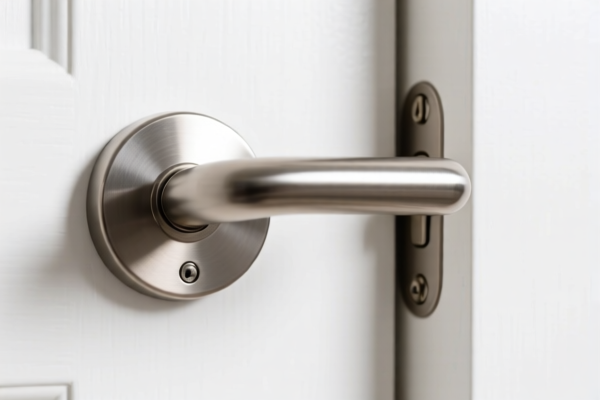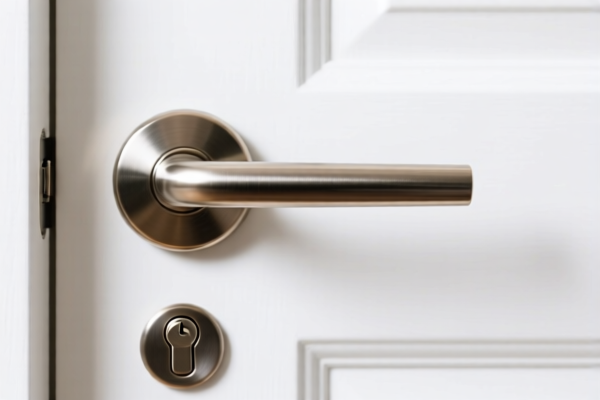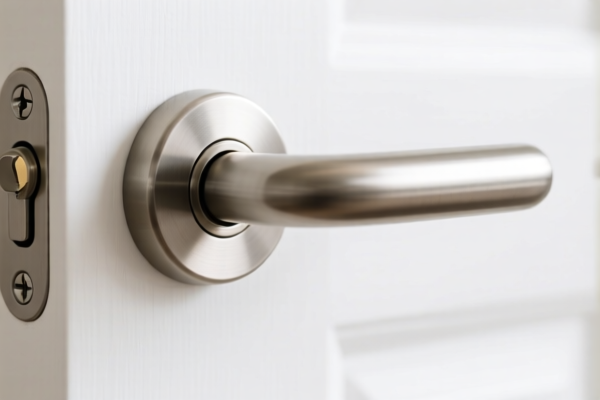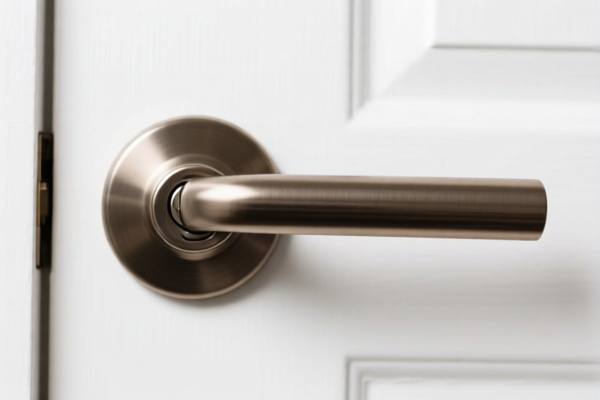| HS Code | Official Doc | Tariff Rate | Origin | Destination | Effective Date |
|---|---|---|---|---|---|
| 9619009000 | Doc | 44.5% | CN | US | 2025-05-12 |
| 9620003090 | Doc | The rate applicable to the article of which it is an accessory+30.0% | CN | US | 2025-05-12 |
| 9620005000 | Doc | 60.3% | CN | US | 2025-05-12 |
| 8301406060 | Doc | 43.2% | CN | US | 2025-05-12 |
| 8301406030 | Doc | 43.2% | CN | US | 2025-05-12 |
| 8306100000 | Doc | 35.8% | CN | US | 2025-05-12 |
| 8306290000 | Doc | 30.0% | CN | US | 2025-05-12 |
| 7326908688 | Doc | 82.9% | CN | US | 2025-05-12 |
| 7326903500 | Doc | 87.8% | CN | US | 2025-05-12 |
| 3926901600 | Doc | 40.6% | CN | US | 2025-05-12 |
| 3926901600 | Doc | 40.6% | CN | US | 2025-05-12 |
| 3923900080 | Doc | 58.0% | CN | US | 2025-05-12 |




Child Safety Lock
A child safety lock is a device used to secure cabinets, drawers, appliances, windows, or other potentially hazardous areas to prevent access by young children. These locks aim to reduce the risk of accidents, poisoning, or injury caused by children gaining access to dangerous items or situations.
Materials
Child safety locks are constructed from a variety of materials, each offering different levels of durability and suitability:
- Plastic: Commonly used for magnetic locks, adhesive locks, and spring-loaded latches. Affordable and easy to install, but may be less durable.
- Metal: Often found in sliding cabinet locks and window locks. Provides higher strength and resistance to tampering.
- Fabric: Utilized in strap locks and cord locks, typically used for drawers or appliances. Offers flexibility and ease of use.
- Adhesive: Many plastic locks utilize adhesive backing for installation. Adhesive quality varies, impacting the lock's security.
Purpose
The primary purpose of a child safety lock is accident prevention. This includes:
- Preventing access to cleaning supplies, medications, and other potentially poisonous substances.
- Protecting children from sharp objects, tools, or heavy items that could cause injury.
- Restricting access to appliances like ovens, stoves, or washing machines.
- Securing windows and doors to prevent falls or unauthorized exit.
Function
Child safety locks function by creating a barrier that requires a deliberate action to open, beyond a child's typical physical capabilities or understanding. Common mechanisms include:
- Magnetic Locks: A key is used to activate a magnetic release, opening the lock without visible latches.
- Adhesive Locks: Locks that attach to surfaces with adhesive, requiring force to remove.
- Spring-Loaded Latches: Latches that require a specific action to release, often involving pushing or squeezing.
- Sliding Locks: Locks that slide into place to prevent drawers or cabinets from opening.
- Strap Locks: Adjustable straps that wrap around handles or knobs, preventing access.
- Cord Locks: Used to secure cords or wires, preventing children from pulling on them.
Usage Scenarios
- Kitchen: Cabinets and drawers containing cleaning supplies, sharp objects, and cooking utensils.
- Bathroom: Cabinets and drawers containing medications, toiletries, and cleaning products.
- Laundry Room: Washing machine, dryer, and cabinets containing laundry detergents and chemicals.
- Living Room/Bedrooms: Cabinets, drawers, and appliances containing potentially hazardous items.
- Windows/Doors: Restricting access to prevent falls or unauthorized exit.
Common Types
- Magnetic Cabinet Locks: Invisible from the outside, requiring a magnetic key to open. Considered highly secure and aesthetically pleasing.
- Adhesive Cabinet Locks: Easy to install, but adhesive strength can vary. Suitable for lightweight cabinets and drawers.
- Spring-Loaded Cabinet Locks: Require a specific action to release, often involving pushing or squeezing.
- Sliding Cabinet Locks: Adjustable locks that slide into place to prevent drawers or cabinets from opening.
- Strap Locks: Flexible locks that wrap around handles or knobs, preventing access.
- Window Locks: Various designs to restrict window opening, preventing falls or unauthorized exit.
- Toilet Locks: Prevent children from flushing toys or other items down the toilet.
- Cord Locks: Secure cords and wires, preventing children from pulling on them.
Child safety locks can fall under several classifications depending on their material and specific design. Here's a breakdown of potential HS codes based on the provided reference material:
- 7326908688: Other articles of iron or steel; Other; Other; Other. This code covers a broad category of iron or steel articles. If the child safety lock is primarily made of iron or steel, this could be applicable. The total tax rate is 82.9%, with a 25% additional tariff on steel and aluminum products.
- 7326903500: Other articles of iron or steel; Other; Other; Containers of a kind normally carried on the person, in the pocket or in the handbag. If the lock is small enough to be considered a container carried on a person, this HS code might be relevant. The total tax rate is 87.8%, with a 25% additional tariff on steel and aluminum products.
- 8301406060: Padlocks and locks (key, combination or electrically operated), of base metal; clasps and frames with clasps, incorporating locks, of base metal; keys and parts of any of the foregoing articles, of base metal; Other locks; Other. This code applies to padlocks and locks made of base metal. The total tax rate is 43.2%.
- 3926901600: Other articles of plastics and articles of other materials of headings 3901 to 3914; Other; Pacifiers. While this code specifically lists "Pacifiers", if the child safety lock is made of plastic and has a similar function (preventing access), it could be considered. The total tax rate is 40.6%.
Regarding HS code 7326908688 and 7326903500, please note the 25% additional tariff on steel and aluminum products. It is important to verify the material composition of the lock to determine the correct tariff application.
Customer Reviews
No reviews yet.